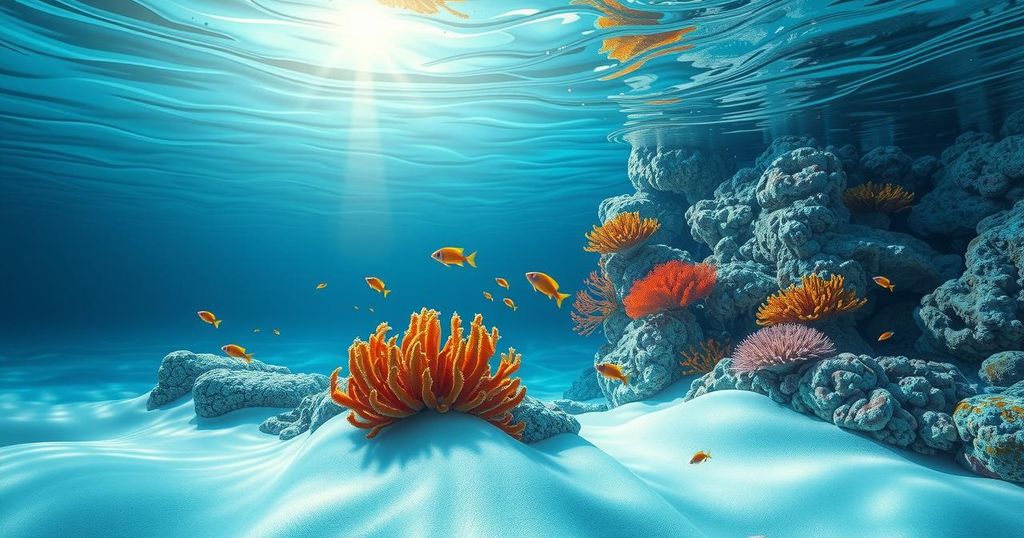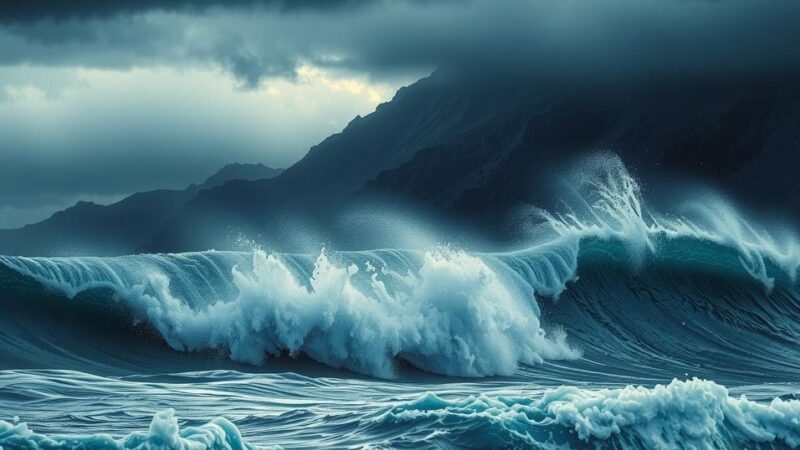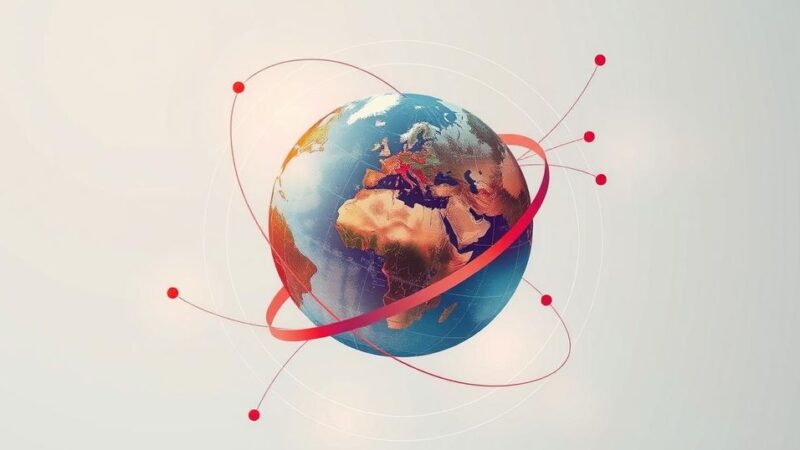A 7.6 magnitude earthquake near the Cayman Islands led to temporary tsunami warnings that were later retracted. Social media speculated about underwater footage of the quake, which had not been verified by official sources. Accurately identifying sources is critical amid ongoing discussions about tsunami formation and implications following seismic events.
On Saturday evening, a 7.6 magnitude earthquake occurred in the Caribbean Sea, south of the Cayman Islands. This seismic event, which struck at 6:23 p.m. local time at a depth of 10 kilometers, initially triggered temporary tsunami warnings for nearby regions. However, these alerts were subsequently canceled after thorough assessments indicated that any potential sea level disturbances would be minor.
Social media platforms have been abuzz with claims that underwater footage of the earthquake and its aftermath was captured in real-time. Alleged videos featuring seabed disturbances, marine life reactions, and sediment displacement have circulated widely. Despite the rampant claims, no official confirmation has been provided by reputable authorities such as the U.S. Geological Survey or the National Oceanic and Atmospheric Administration.
Analysis of the trending footage revealed that it may not relate to the recent earthquake incident. Users identified the video as an older recording from 2023, supposedly taken by deep-sea divers in the Banda Sea, Indonesia. This serves as a reminder of the importance of verifying sources before sharing dramatic content online, especially regarding emergencies.
Tsunamis are primarily caused by significant underwater earthquakes, which displace vast amounts of seawater. Other notable causes include volcanic eruptions, landslides, and meteorite impacts. These natural phenomena generate waves that travel rapidly, and when they reach coastal areas, they can slow down and increase in height, often resulting in extensive flooding and destruction.
Earthquakes often lead to the issuance of tsunami warnings due to the potential for significant water displacement. Seismic waves and their effects are monitored by various geological organizations around the world. Understanding the dynamics of tsunami formation is crucial, as these waves can devastate coastal regions merely minutes after an earthquake. In this context, verifying the authenticity of visual media related to such natural disasters is particularly important for public safety and awareness.
In summary, while the earthquake near the Cayman Islands spurred discussions and speculation regarding tsunami threats and real-time underwater footage, most claims circulating on social media were unfounded or based on outdated content. The event highlights the need for caution and verification in reporting seismic activities and natural disasters in the digital age.
Original Source: www.soapcentral.com






